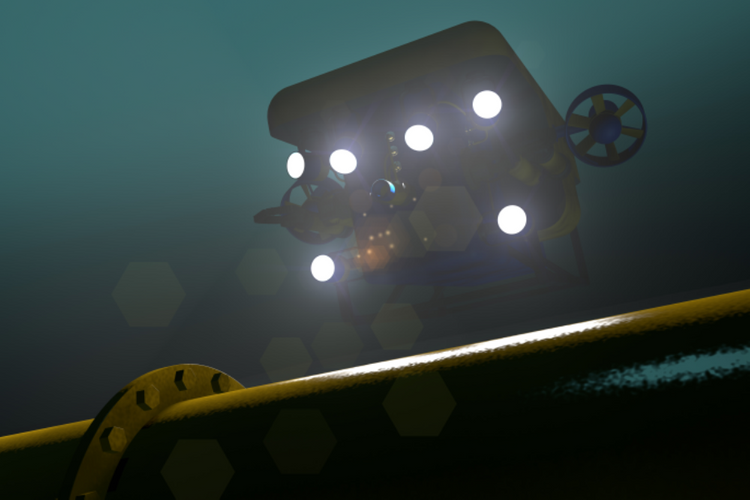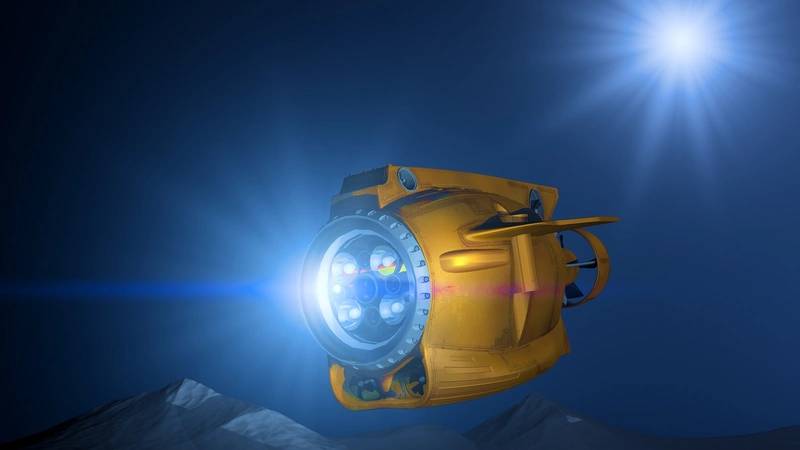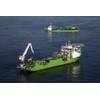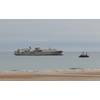Steatite has completed the first phase of a 24-month project to develop a pressure-tolerant lithium sulphur (Li-S) battery pack that can improve the endurance and speed of ‘deep-dive’ autonomous underwater vehicles (AUVs). Having demonstrated that Li-S cells can meet the demanding challenge of operating at depths up to 6,000m, the project can now move on to the battery development phase involving continued development of Steatite’s pressure-tolerant multi-chemistry Battery Management System (BMS).
The MAS (Marine Autonomous Systems) Consortium is a group of U.K. companies and academic partners led by Steatite and funded by Innovate U.K. and the Defense Science and Technology Laboratory (Dstl). The project, which is due for completion in October 2017, aims to exploit the potential of Li-S cell technology to surpass conventional lithium-ion (Li-ion) solutions, and will enhance the capabilities of the scientific and defense vehicles used in applications across the marine and maritime community, including subsea structures, ROVs, profilers, buoys and submersible systems.
AUVs are energy-limited, which constrains their operational envelope meaning that speeds are usually low (2-4 knots) and endurance can be limited. By significantly increasing the energy available within the vehicle, this operational envelope could be expanded, thereby raising both speed and range. At the same time, as vehicles go deeper, the pressure vessels become excessively heavy and expensive and AUVs with internal batteries become limited by the fact that these batteries have to be recharged. The Consortium aims to produce a pressure-tolerant battery pack that delivers increased energy storage and that can be hot swapped to improve operational utilization.
The first phase of the project was completed at the National Oceanography Centre (NOC) in Southampton and involved repeatedly testing Li-S cells at pressures and temperatures equivalent to undersea depths of 6,000m. The results of the testing have demonstrated that the Li-S cells now deliver (almost) the same performance as at ambient conditions and that the effective Neutral Buoyancy Energy Density (NBED) is nearly double that of the Li-ion reference cells. Several cells have been used to perform life tests, and have now reached over 60 cycles for slow discharge, and 80 cycles of faster discharges.
Paul Edwards, divisional director at Steatite Batteries, commented, “The project is progressing well and successful completion of the cell development phase represents a significant milestone. We are now entering the battery development phase involving continued development of Steatite’s pressure-tolerant multi-chemistry Battery Management System (BMS). The system will be demonstrated in a deep-dive submarine in mid 2017.”




















 February 2024
February 2024



